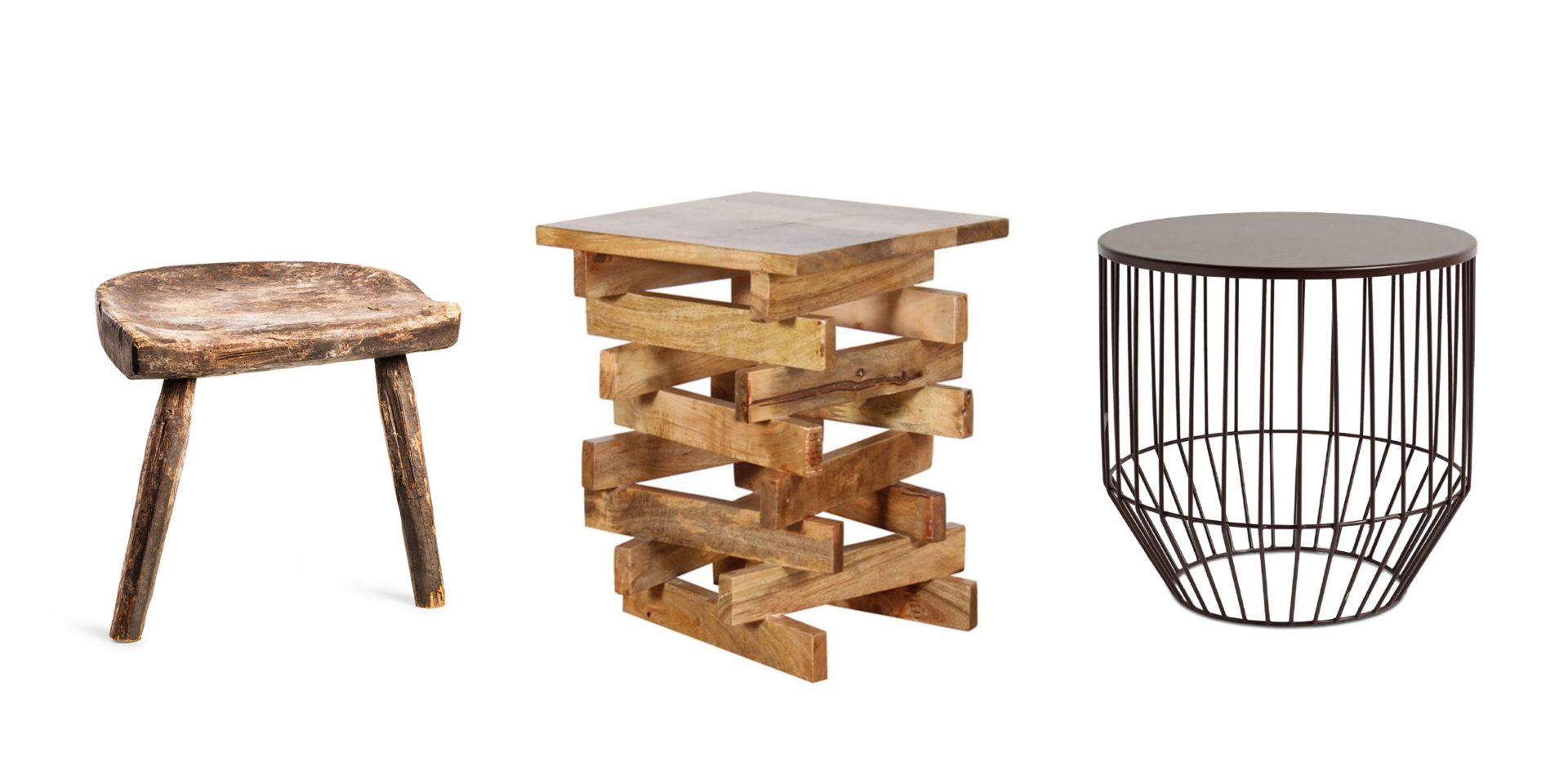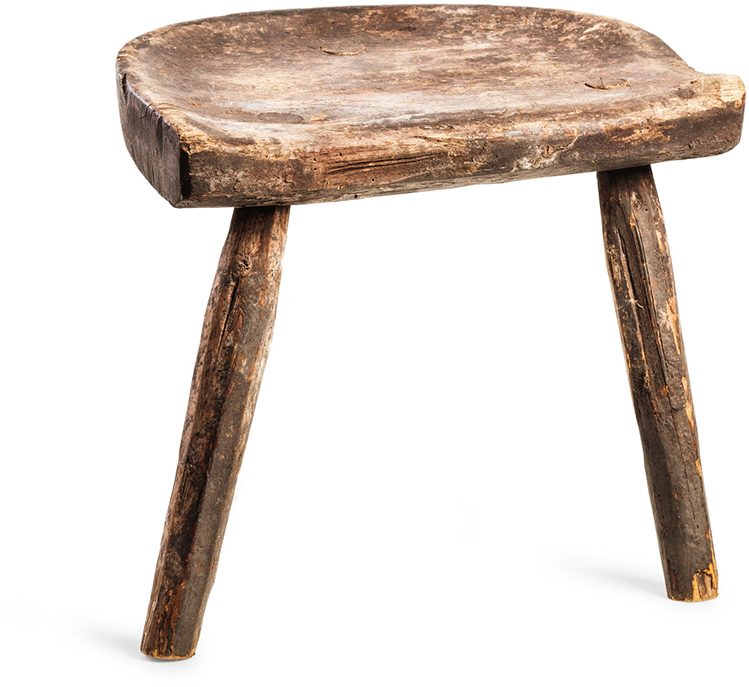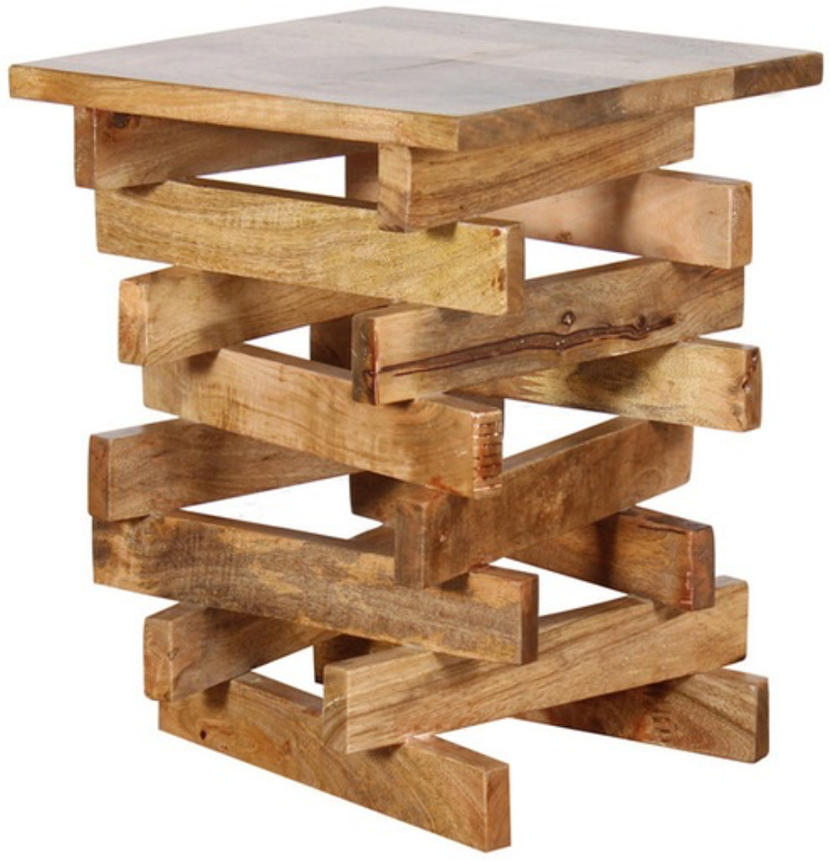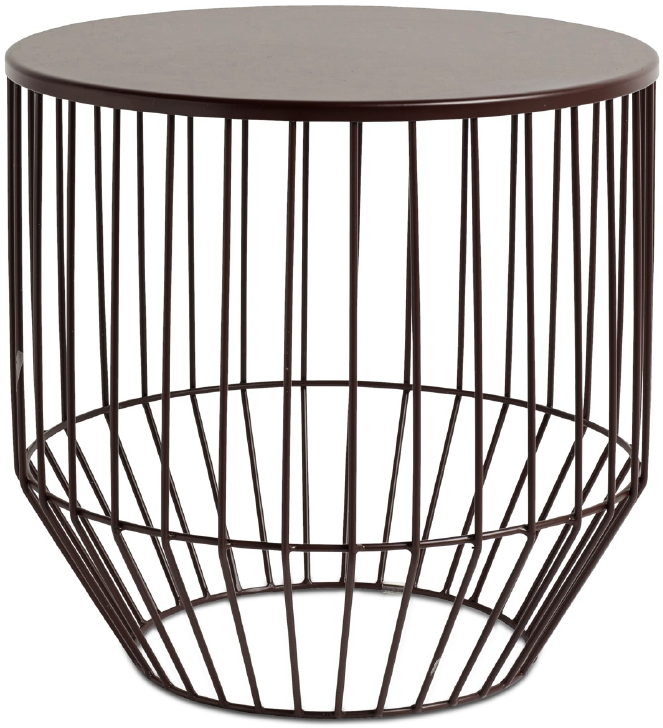
Do you have a stool problem?
Loyalty 360 represents the shift from the selling of a product, or a building, or even an experience, to one of building a community of guests based upon highly personalized interests. This commitment to relevance and resonance will not come easily. You may first need to break through some bad data habits.
Capturing data is your first milestone. You’ve gone to great lengths to distill the guest experience down into key metrics. But, like most of your colleagues, you have yet to re-humanize the data effectively to better connect with your guests. It’s this re-humanization of data that is the cornerstone to operating in a Loyalty 360 environment.
What is keeping you from evolving to a Loyalty 360 model? You’ve been using data all wrong.
Frankly, you have a stool problem.
No, not a stool problem in a Dr. Oz kinda way. Think stepping stool, bar stool, or something of the three-legged variety.
Do you feel unbalanced? Is your current addiction to Free Play unsustainable? Are you losing trips to your competitors? This is the result of an unbalanced stool. Data has been converted to offers and offers have not resulted in loyalty. You need the fiber that fuels loyalty, not the sugar that buys the next visit.
Let me introduce you to three properties who have stool problems.
1. Does your property have a two-legged stool problem?
This is a tale of a highly efficient property. At first glance, all is well. The property has reaped the benefits of recasting reinvestment according to ADT. Over the past four years, the grinders and the fleas have been forced out. Player Development efforts have picked up steam. When I look at comparative worth segmentation from one period to the next, I see double-digit growth in VIP returns. Then a wash of red occurs. There are wide swaths of worth segmentation that have declined in trips and spend. I am initially not bothered by the contraction in the lowest segments. The meaty middle of the database is strong. But the bottom line is not meeting budget expectations.
What’s the problem?

This is a two-legged stool problem.
The property has become so efficient in its reinvestment that it has driven guests away. Of more concern, is that Trips are falling faster than Count. The same faces may still be coming to the property, but the guests are giving the property less of their monthly wallet. It’s the lowest segments under $100 ADT that are losing trips and theoretical. The property has put all of its eggs in the Player Development basket, ignoring other segments. For the lowest segments, what was a slow bleed, is now an arterial concern. Reinvestment was only based upon one metric: ADT, and now its stool is unbalanced.
Player Development continues to deliver fantastic incremental revenue potential. Unfortunately, successful and sustainable returns depend upon a multi-targeted approach that serves the Low ADT/High Frequency guests and the Mid-Level worth segments. There is life beyond ADT. Other metrics better serve the other two legs of a more balanced bar stool. Free Play is not the form of reinvestment to save the suffering segments. A unique set of strategies and tactics must be deployed to meet, greet, and retain the other segments this property has failed to tend to.
2. Is your property suffering from an unpredictable stool?
This is the story of Jenga-like reinvestment. Have you played the game? To win, you must become a master of shifting blocks around to build a taller tower. Like reinvestment, the winner builds a taller tower by constantly moving dollars around until the structure is so unstable it tumbles to the floor.
Leadership teams in this scenario play with reinvestment like Jenga blocks. The property is myopically focused on month-end budget returns. Using data to yield business, offers are proffered and rescinded as if the current month were the only period on the calendar. This hypersensitivity to offers and redemption in the short-term is not a bad approach, but it fails in its ability to clearly communicate to the guest what behaviors they should repeat to get more of what they want.
Unstable short-term planning confuses the guest. As the month progresses, the property is either meeting expectations or failing to produce results according to plan. The managers sit around a giant boardroom table. They point to competition and other external factors that cause the negative gap. Then they ready the cannons with Free Play to buy the business. In this situation, there is a reliance on offers to sustain marketshare. Guests still come because the property is the best in the region, but now marketing doesn’t know how to pull back the wash of offers and last-minute entreaties.

What’s the problem?
This is a transactional marketing problem. It’s
an unpredictable stool.
The property has conditioned its guests to believe that the value of the relationship can only be gauged by the size of a coupon. The guests sense desperation and begin to wait for offers before they make a purchase decision. If the property is always on sale, then the focus of casino marketing is on incremental returns and not loyalty. It’s a runaway train.
To break out of transactional marketing mode, a property needs to refocus on the long game. Go back to our Jenga imagery. Build shorter towers of reinvestment with your marketing blocks. Each tower represents smaller niche segments. Tend to each tower separately. Be clear to guests about how they can uniquely receive the benefits that they are interested in within a trip and over time. Give them more to care about than the next coupon. This will steady each base without risking instability as each dollar is stretched past its carrying capacity.
3. Is your property suffering from redundant reinvestment?
The event and direct marketing post formas look great. But something smells funny. Reinvestment in $0-$25 ADT worth segments puts the property underwater the moment that the mailer goes out. VIPs are feeding off the point multiplier days. Locals are feeding themselves from discounts, direct mail coupons, and food comps.
What’s the problem?

This is a layered reinvestment problem.
We’re creative people. We want to incent our guests to spend more and visit more. So we add to our arsenal of entreaties to accomplish our goals. And we add. And we add. Each new form of reinvestment may drive results, but no one is doing the math to see how one redemption is stacking upon another. This is an unsustainable environment.
Siloed planning adds another form of reinvestment without seeing how it overlaps with other existing programs. Siloed analysis attributes all the Theo generated during a promotional period to one incentive. Both are a path to gluttony, locking our players into feelings of entitlement.
A Kitchen Table Analysis can solve this. Put all your reinvestment opportunities on the table. Map out the guest journey for different worth segments. What is available to a guest if they make one visit per month? What is available if they visit 30 times per month? Get to know all the points in between. With perfect redemption, what do your marketing commitments do to your margins? Have you locked in reinvestment promises that you can’t keep? Ideally, your monthly mailer, your points program, and your tiered card program leave room for additional forms of reinvestment. At many properties, these layered expenses sink the ship before the player walks through the door.
The answer to solving all forms of stool problems is to take a more holistic approach to how a set of offers and experiences stack up with different audiences. Can your systems support relevance, timeliness, and the guest journey? Your incentives should be set to recognize and reward behaviors that guests will understand how to replicate to position themselves to receive more of what they appreciate, anticipate, and act to preserve.







